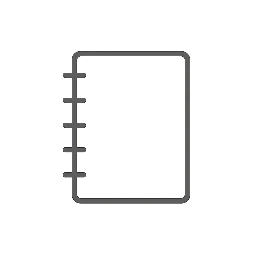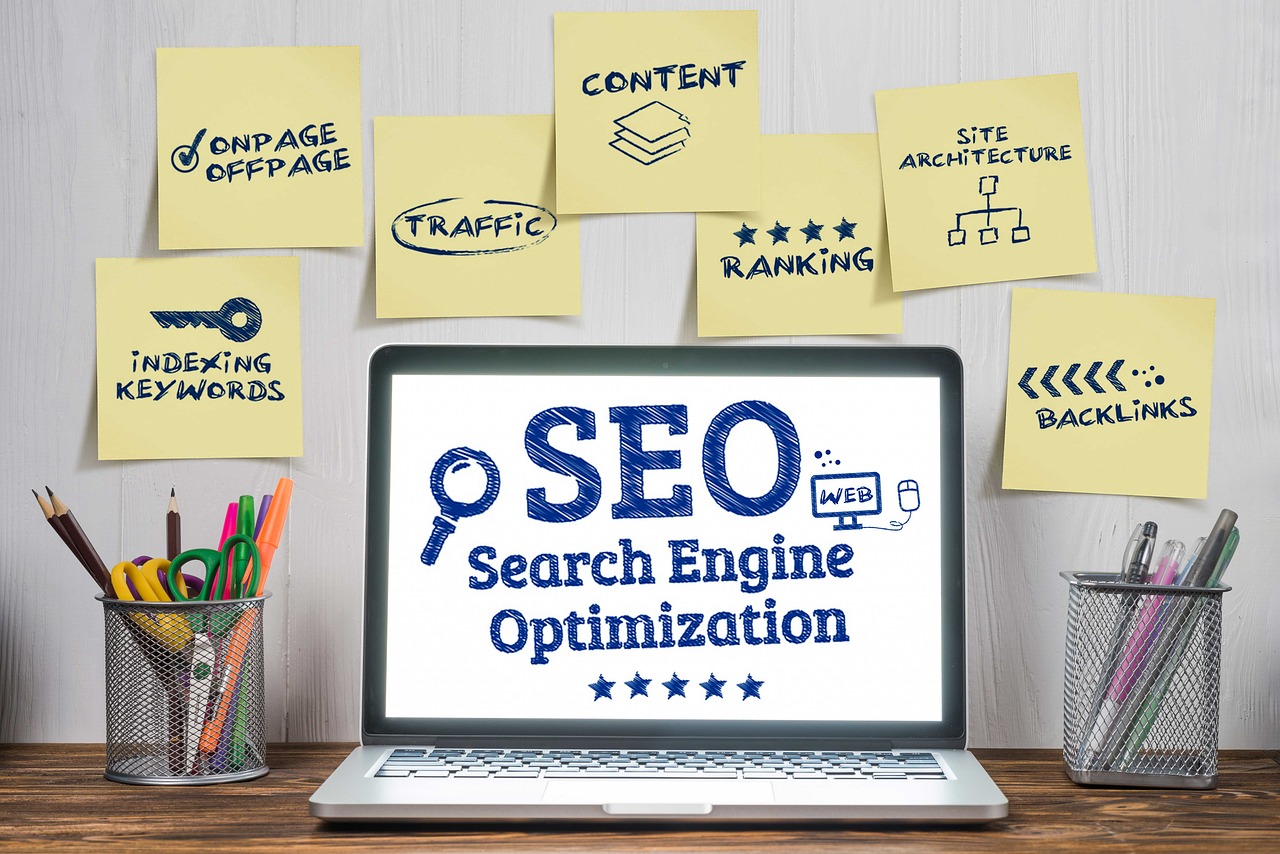A reverse mortgage Ontario allows homeowners aged 55 and older to borrow money against the equity in their home without the need to sell or move. It provides tax-free cash that can be used to cover living expenses, support family needs, or improve quality of life, with no monthly mortgage payments required.
This financial option is designed to offer flexibility and security during retirement by unlocking home equity while the homeowner retains ownership. Understanding the eligibility criteria, costs, and repayment options is essential before choosing a reverse mortgage in Ontario.
Understanding Reverse Mortgage Ontario
Reverse mortgages in Ontario provide homeowners aged 55 and older with a way to access their home equity without monthly payments. The loan is repaid only when the homeowner sells the property, moves out permanently, or passes away. Specific eligibility requirements and financial benefits shape how seniors can use this financial tool.
What Is a Reverse Mortgage?
A reverse mortgage is a loan that allows homeowners to borrow against the equity in their home. Unlike a traditional mortgage, repayment is deferred until the homeowner sells the property, moves out permanently, or dies. During this period, interest accumulates on the loan balance, increasing the amount owed over time.
The borrower can receive the funds as a lump sum, monthly payments, a line of credit, or a combination. This flexibility helps homeowners supplement retirement income without making monthly loan payments. However, the interest rate is usually higher than standard mortgages due to the loan’s deferred payment nature.
Eligibility Requirements in Ontario
To qualify for a reverse mortgage in Ontario, the homeowner must be at least 55 years old. The property must be the primary residence and meet lender criteria, including condition and location. Most programs require the homeowner to have significant equity built up in their property.
The loan amount depends on factors such as the homeowner’s age, the current value of the home, and the interest rate. The older the borrower and the higher the home value, the more they can typically borrow. Borrowers must also agree to maintain the home and keep up with property taxes and insurance.
Benefits for Ontario Seniors
Reverse mortgages enable Ontario seniors to convert home equity into cash, providing financial flexibility in retirement. This can help cover everyday expenses, healthcare costs, or home renovations without selling the home or making monthly payments.
Since repayment is deferred, seniors can remain in their homes while using funds as needed. Additionally, reverse mortgages are non-recourse loans, meaning the debt cannot exceed the home’s appraised value when sold. This protects heirs from owing additional money beyond the property value.
Reverse Mortgage Process and Considerations in Ontario
A reverse mortgage requires specific steps to apply and gain approval. It involves understanding associated risks and how it compares to other ways to access home equity. Careful evaluation of these factors is essential before moving forward.
Application and Approval Steps
Applicants must be at least 55 years old and own their home outright or have a significant amount of equity. The first step is consulting with a lender or broker specializing in reverse mortgages in Ontario.
An independent professional appraisal of the home determines its value. The lender reviews the applicant’s financial situation and verifies eligibility.
Borrowers receive a disclosure statement outlining costs, interest rates, and terms. After accepting, legal documents are signed, and funds become accessible either as a lump sum, monthly payments, or a line of credit.
Risks and Potential Drawbacks
Interest rates on reverse mortgages are generally higher than traditional mortgages. The loan amount grows over time as interest accumulates, reducing the home equity available to heirs.
Borrowers must continue paying property taxes, insurance, and maintenance costs. Failure to meet these obligations can result in foreclosure.
Reverse mortgages also impact estate planning. When the homeowner dies or moves, the loan typically must be repaid through sale or refinancing.
Comparing Reverse Mortgages to Other Home Equity Options
Unlike a traditional home equity loan or line of credit, reverse mortgages require no monthly payments. This can ease cash flow in retirement but may cost more in interest.
Home equity loans often need stable income and credit approval, which can be challenging for retirees.
Reverse mortgages offer tax-free funds without affecting government benefits. However, other options like downsizing or refinancing may offer fewer fees and risks in certain situations.
| Feature | Reverse Mortgage | Home Equity Loan | Line of Credit |
| Minimum age | 55+ | No specific age | No specific age |
| Monthly payments | None required | Required | Required |
| Interest rate | Higher than traditional loans | Typically lower | Variable |
| Impact on estate | Reduces inheritance equity | Less impact | Depends on repayment |









Leave a Reply